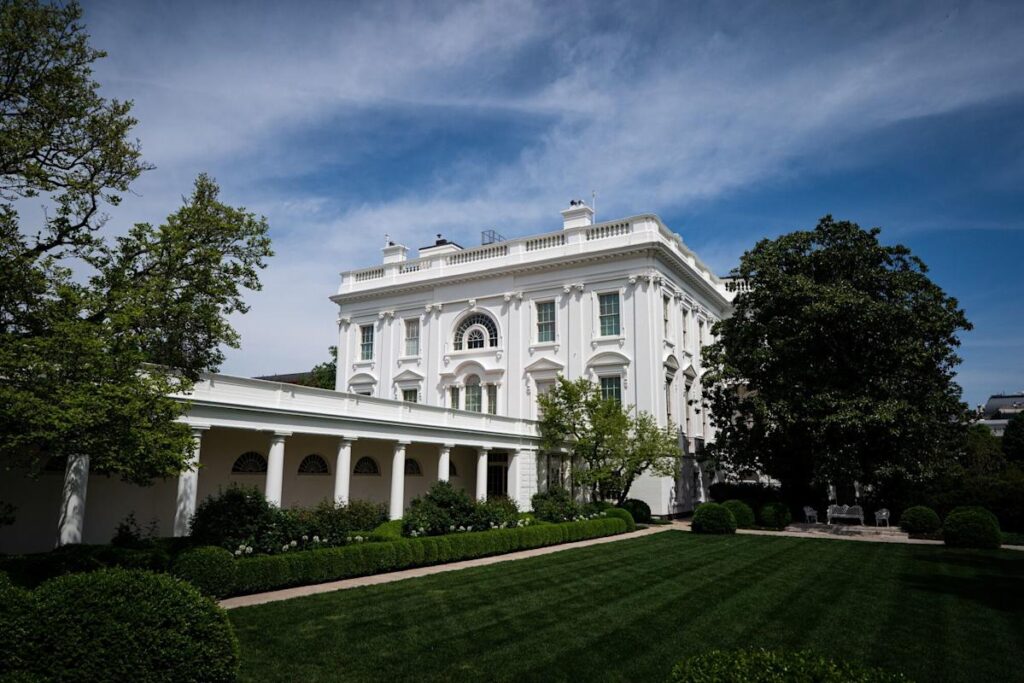(Bloomberg) — President Donald Trump’s administration has drafted a framework to handle negotiations with trading partners rushing to secure deals to avert tariff hikes, according to people familiar with the matter.
Most Read from Bloomberg
Under the blueprint, US negotiators will use a template that lays out common areas of concern to help guide the discussions, the people said, speaking on condition of anonymity to detail the plan. Among those categories are tariffs, non-tariff barriers, digital trade, economic security and commercial concerns.
The talks would see the US host negotiators from a select number of countries each week, in a bid to manage the flood of foreign governments and trading blocs seeking tariff relief ahead of a mid-July deadline. That framework could change, according to the people familiar, and officials could raise additional issues specific to certain countries.
The administration’s plans were first reported Friday by the Wall Street Journal. Under the structure, the US will hold discussions with about 18 countries — six every week — over three weeks, in a rotation until they hit the deadline, the Journal reported.
The Office of the US Trade Representative, in a statement, said it is “working under an organized and rigorous framework and moving ahead quickly with willing trading partners.”
“President Trump and USTR have made U.S. objectives clear and our trading partners have a very good sense of what they can each individually offer,” the statement added. “This is why USTR is receiving dozens of meaningful and substantial proposals from countries in pursuit of fair and reciprocal trade with the United States.”
The effort offers to provide more clarity for a process that has unnerved equity and bond markets and left major US trading partners struggling to determine how to carry out talks with the US and what Trump is seeking.
Trump earlier this month announced sharp tariff increases on about 60 countries but then quickly paused those measures for three months to allow trading partners to negotiate deals, keeping in place a baseline 10% rate during the negotiating period. That has set off a flurry of visits from foreign delegations eager to strike a deal.
A South Korean delegation held talks earlier this week and Trump told reporters Friday that an agreement with Japan is “very close.”


